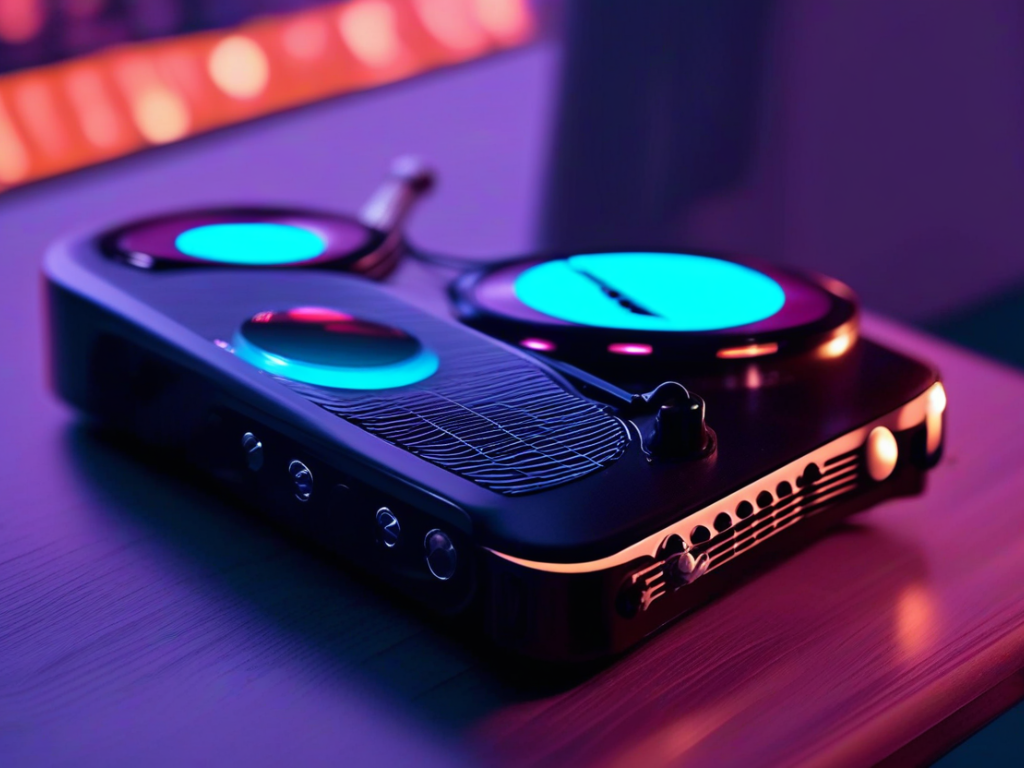As an audio enthusiast with a keen interest in music players and technology, I constantly find myself intrigued by the evolving landscape of audio devices. The future of music players holds a myriad of exciting possibilities, with groundbreaking trends that promise to revolutionize the way we experience sound. In this article, we will delve into some key trends to watch out for in the realm of music players, offering insights and predictions based on industry knowledge and technological advancements.
In this article you will find:
- 1. Hi-Res Audio Formats
- 2. Wireless Connectivity and Streaming
- 3. Personalization and Customization
- 4. In-Depth Audio Controls and Features
- 5. Integration of Smart AI Assistants
1. Hi-Res Audio Formats
One of the most notable trends in music players is the growing popularity of high-resolution audio formats. As consumers become more discerning about sound quality, there is a heightened demand for devices that can reproduce music with greater detail and fidelity. Hi-Res Audio formats, such as FLAC and DSD, offer superior sound reproduction compared to traditional MP3 files, providing listeners with a more immersive and authentic listening experience. Leading brands like Sony, Astell&Kern, and FiiO are at the forefront of this trend, offering music players that support a wide range of high-resolution audio formats.
2. Wireless Connectivity and Streaming
Another key trend shaping the future of music players is the integration of wireless connectivity and streaming capabilities. With the rise of streaming services like Spotify, Tidal, and Apple Music, consumers are increasingly relying on wireless music players to access their favorite tracks on the go. Bluetooth-enabled music players, such as the Sony NW-A105 Walkman and Astell&Kern A&norma SR25, allow for seamless connectivity with wireless headphones and speakers, offering unrivaled convenience and flexibility.

3. Personalization and Customization
Personalization and customization have become focal points in the design of modern music players. Brands are offering consumers the ability to tailor their listening experience through customizable equalizer settings, sound profiles, and user interfaces. Devices like the Shanling M6 and iBasso DX220 give users the freedom to adjust audio settings to suit their preferences, providing a personalized audio experience that caters to individual tastes and hearing profiles.
4. In-Depth Audio Controls and Features
Advanced audio controls and features are increasingly defining the next generation of music players. From parametric equalizers and digital-to-analog converters to adaptive audio enhancements and noise-cancelling technologies, premium devices are equipped with a host of sophisticated audio technologies. Brands like Cayin and Hiby offer music players with comprehensive audio controls, allowing users to fine-tune every aspect of their listening experience with precision and accuracy.
5. Integration of Smart AI Assistants
The integration of smart AI assistants, such as Amazon Alexa and Google Assistant, is a growing trend in the realm of music players. Smart devices like the Pioneer XDP-30R and Onkyo DP-X1A feature built-in AI assistants that offer hands-free control and voice-activated commands. By leveraging AI technology, music players are becoming more intuitive and user-friendly, enhancing the overall user experience and accessibility of advanced features.
As we look towards the future of music players, one thing is certain – the audio landscape is undergoing a profound transformation. With a focus on hi-res audio formats, wireless connectivity, personalization, advanced audio controls, and smart AI integration, music players are evolving to meet the demands of discerning listeners. Whether you are an audiophile seeking the ultimate sound quality or a casual listener looking for convenience and flexibility, the future of music players holds endless possibilities for an enriching and immersive audio experience.

